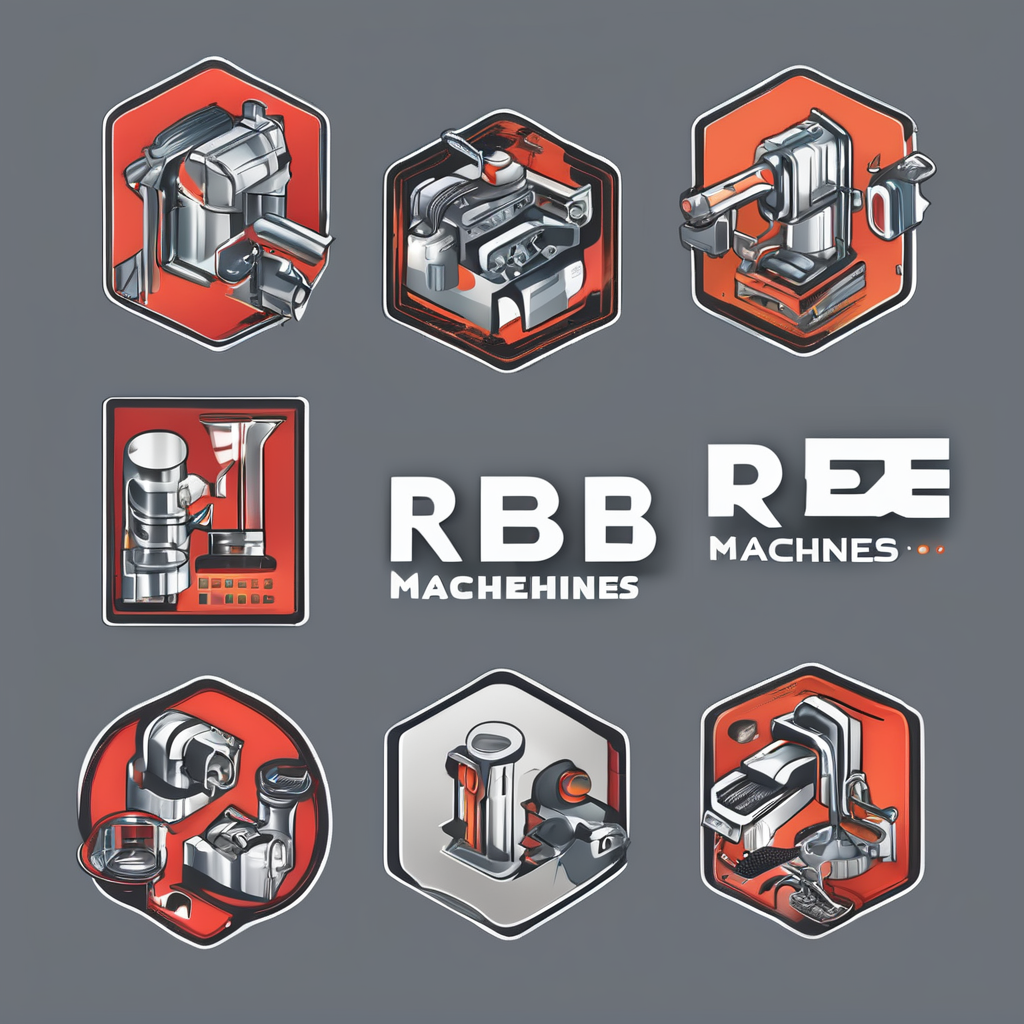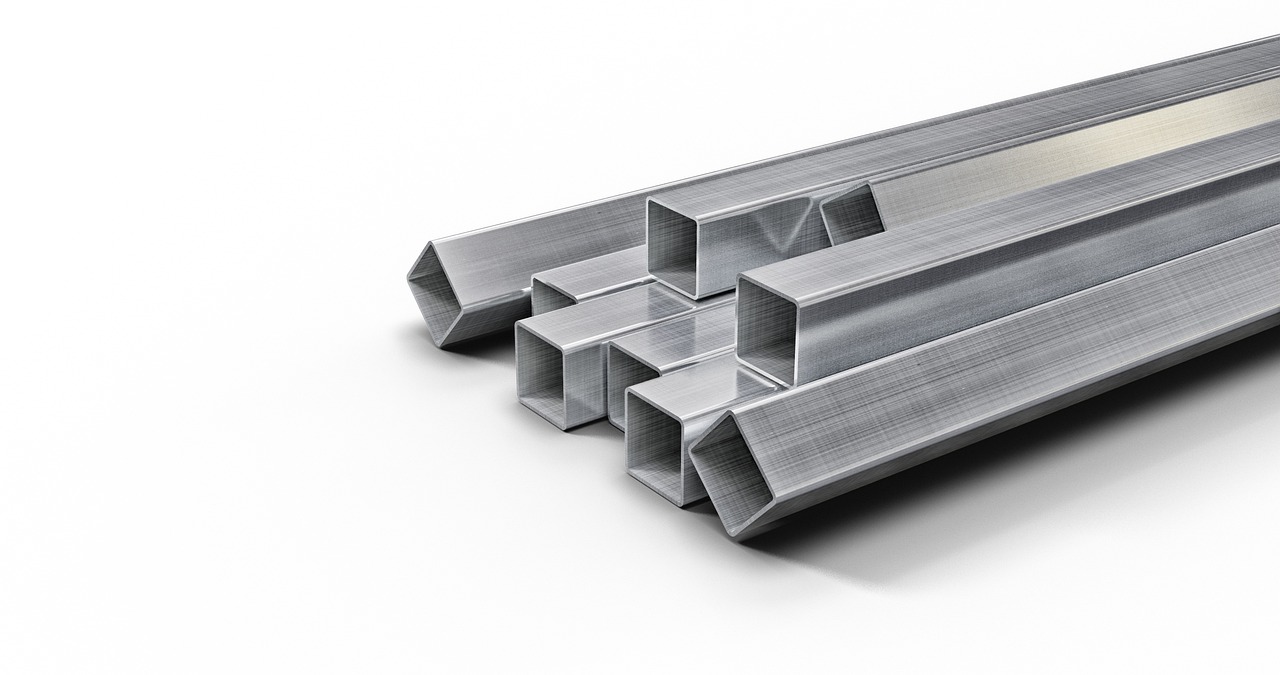Assembling seamless steel tubes demands precision and the right techniques to ensure strength and reliability across industries. Mastering tool selection, connection methods like welding or threading, and safety measures guarantees durable, leak-free joints. Understanding these essentials empowers professionals and DIY enthusiasts to meet diverse structural and piping needs effectively.
Comprehensive guide to assembling seamless steel tubes for industrial and construction applications
Step-by-step assembly and industry essentials
After selecting the proper diameter and wall thickness, uncover the methods to assemble seamless steel tube with vallourec provides clarity on each procedure for professionals. Begin with careful tube end preparation by cleaning and deburring the edges. For precise projects, accurate tube alignment is necessary and maintained using specialized clamps or fixtures during assembly.
Also read : How Do UK Businesses Navigate Post-Brexit Challenges?
Modern seamless steel tube assembly often uses welding, mechanical joining, or flange installation depending on application requirements. Adhering to quality standards in tube assembly is vital for safe, leak-free connections—these standards guide everything from material handling to finished inspections. High-pressure and industrial applications typically require rigorous pressure testing and non-destructive examination to validate joint integrity.
Seamless steel tubes are widely chosen for their uniform structure, high strength, and improved corrosion resistance compared to welded alternatives. Their combination of reliability and performance supports demanding sectors such as construction, automotive manufacturing, and on- or offshore engineering. With the right approach and strict quality control, the outcome is dependable assemblies that meet industry needs.
This might interest you : Why Are British Companies Struggling with Productivity?
Preparing for Seamless Steel Tube Assembly
Checking tube specifications and tolerances before assembly
Start by verifying steel tube dimensions and tolerances against project drawings. Use precise measuring tools like calipers or micrometers to confirm outer diameter, wall thickness, and length. Deviations might affect the entire tube assembly workflow and compromise pressure integrity or connection strength. Review manufacturer data sheets for permissible tolerances and match them with application requirements. Specifications for seamless tubes are often tighter due to performance expectations in sectors such as construction and mechanical engineering.
Gather and inspect required tools and safety equipment
Compile all essential industrial tube assembly tools before beginning. Key items may include tube cutters, deburring tools, torque wrenches, and measurement gauges. Equip personnel with gloves, goggles, and suitable clothing to comply with assembly process safety guidelines. Visually inspect each tool and piece of safety equipment. Discard or repair anything showing excessive wear, as compromised equipment heightens risk and undermines quality.
Steps for workplace and tube surface preparation
Clean the work area thoroughly to minimize contamination during assembly. Remove any dust, oil, or metal shavings from both the workspace and the metal tube surfaces using lint-free cloths and industrial cleaning agents. Check tubes for dents, corrosion, or irregularities that could hinder sealing or alignment. Ensure all tube ends are smooth and properly prepped, typically via tube end preparation techniques such as facing or beveling to promote a reliable join, whether using welding, threading, or mechanical connections.
Overview of connection methods for seamless steel tubes
Key welding techniques and parameters for seamless tubes
Precision welding is critical for joining seamless steel tubes in demanding sectors like automotive and construction. Common methods include TIG (Tungsten Inert Gas), MIG (Metal Inert Gas), and butt welding, each suited to different materials and wall thicknesses. Weld quality hinges on proper tube end preparation—ensuring clean, uniform surfaces—and controlled heat-affected zone management to maintain tube strength. For stainless steel tubes, precise control of amperage and speed is crucial to avoid distortion and preserve corrosion resistance. Strict adherence to tube welding safety protocols and thorough joint inspection guarantees reliability in high-pressure or structural assemblies.
Mechanical joining and pipe fitting methods explained
When welding isn’t optimal, mechanical joining methods like flanging, threading, or using specially designed couplings enable rapid, reversible connections. Pipe fitting components, such as compression or clamp fittings, facilitate assembly while preserving tube integrity. These approaches are often chosen for ease of installation, frequent disassembly, or when working in environments sensitive to heat.
Selecting the right method for different industrial needs
Selection depends on the application’s pressure requirements, operating environment, and maintenance demands. Welding offers permanent, leak-proof joints ideal for critical or high-stress uses. Mechanical connections serve best where modularity and assembly speed are prioritized. For specialized fields—like chemical plants or railway axles—matching the method to durability, corrosion protection, and precision tube alignment ensures long service life and safety.
Step-by-step assembly process for seamless steel tubes
Tube cutting, alignment and placement procedures
Precision matters most at the outset. Start by cutting the seamless steel tube with specialized tube cutting machinery to ensure smooth, burr-free edges. Use tube end preparation tools to bevel or deburr the tube ends, reducing stress concentrations. Achieve precision tube alignment by employing adjustable clamps and jigs—misalignment can cause leaks or mechanical failure later. Place each tube section so all joints line up exactly with project specifications.
Methods of joining and fusing tubes securely
Secure connections are created with expert joining techniques. For high-integrity assembly, butt welding and fusion welding are preferred, as they minimize joints and internal weaknesses. Use approved welding stainless steel tubes procedures, adhering to standards such as ASME. Mechanical joining (such as flanges or threaded couplings) may be selected when disassembly is required or high pressure is involved. Inspect every joint with non-destructive methods, like ultrasonic testing, to guarantee quality.
Handling bends, curves and custom assemblies
When layout demands curves, rely on bending seamless tubes using precision-controlled machinery, maintaining uniform wall thickness. For tight radii or complex trajectories, cold bending is recommended to avoid material weakening. Custom assemblies often require fittings or structural reinforcements. Throughout the process, prioritize tube joint leak prevention and monitor for unwanted deformations, ensuring reliable pipeline performance in final applications.
Ensuring durability, leak prevention, and corrosion resistance
Strategies for effective tube joint sealing and leak testing
Gaskets, sealants, or welding can be selected based on pressure and chemical resistance requirements. Leak testing methods like hydrostatic and pneumatic testing verify joint integrity after assembly. A properly sealed joint is critical for leak prevention in high-pressure environments or corrosive settings, reducing the risk of operational downtime.
Corrosion protection measures during and after assembly
Corrosion resistance of steel tubes relies on both material selection and post-assembly treatments. Stainless steel alloys with higher chromium content increase resilience, but additional corrosion protection during assembly, such as applying protective coatings or using corrosion inhibitors, can prolong tube service life. After assembly, regular maintenance—like inspecting for coating wear and environmental exposure—ensures sustained protection.
Inspection approaches for joint quality assurance
Tube joint inspection involves both visual assessment and advanced non-destructive techniques like ultrasonic testing. This approach identifies misalignments, insufficient fusion, or flaws that compromise the tube’s performance. Using standardized inspection protocols helps maintain consistency, reliability, and adherence to industry quality standards for assembled tube systems.
Safety, troubleshooting, and maintenance in tube assembly
Core safety protocols for tube welding and assembly
Precision and adherence to safety protocols are fundamental when assembling seamless steel tubes. Always wear protective gear such as gloves, face shields, and flame-resistant clothing. Ensure all equipment is calibrated beforehand. Proper ventilation is essential to limit exposure to fumes during welding. Mark hazardous zones, keep flammable materials away, and confirm that electrical equipment is grounded. Before each session, verify gas lines for leaks and check that fire extinguishers are within reach.
Common troubleshooting tips and error resolution
When issues like poor weld penetration, tube misalignment, or excessive spatter occur, begin by examining equipment settings—incorrect voltage or feed rates are frequent causes. Inspect tubes for contamination; grease or rust can impede connection. For leaks at joints, review fitting tightness and replace any damaged sealing elements. Monitor for heat-induced distortion and use precision alignment tools to correct assembly variances.
Maintenance schedules and best practices for longevity
Preventive maintenance boosts the lifespan of tube systems. Schedule regular inspections to detect wear, corrosion, or joint fatigue. Lubricate moving parts, clean welding surfaces meticulously, and update documentation after each maintenance cycle. Replace gaskets and tighten fittings according to manufacturer recommendations. Consistent care ensures operational efficiency and meets industry safety standards.
Industrial applications and project case highlights
Key sectors utilizing seamless steel tube assemblies
Seamless steel tubes play an integral role in several sectors due to their reliability and strength. Manufacturing, automotive, construction, mechanical engineering, and energy industries rely on these assemblies for critical operations requiring high-pressure resistance and precision. In automotive manufacturing, seamless tubes are used for components like axles, fuel injection pipes, and suspension systems, providing durability and minimizing leaks.
Application case studies: automotive, structural, and energy
In the automotive sector, precise tube alignment and robust welding techniques are essential for safety and performance. Leading projects—using precision tube assembly—highlight the importance of tight tolerances during the fabrication and installation of chassis and drivetrain components. Structural engineering projects, such as stadiums and bridges, demonstrate the flexibility of seamless hollow sections for load-bearing applications. The energy sector relies on seamless tubes for transporting fluids and gases under high pressures, where corrosion resistance and continuous welds reduce risk.
Documentation and record-keeping for industrial tube assembly projects
Accurate documentation supports quality control and regulatory compliance. Maintaining tube assembly documentation involves recording specifications, welding protocols, inspection results, and tube dimensions. These records allow engineers to optimize assembly workflow, ensure traceability, and simplify future maintenance or repairs, meeting ASME and industry standards.



